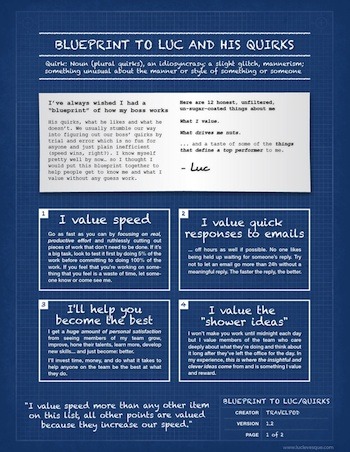This story is inspired by this week’s Startup Edition question:
How do you effectively work with remote teams?

The biggest challenge of working in remote teams isn’t dealing with the physical distribution of your teammates but reducing the psychological distance between everyone. Bridging that distance is probably a test for all types of teams but requires more work as a remote team.
“One thing that excites me about building a company is the human experience of making something out of nothing together,” our co-founder and CEO Walter recently wrote in a company email. As a distributed company, we have to sweat to achieve that communal sense of creation, but in doing so, we’ve had to consider and resolve aspects of our work culture with deliberation.
Culture takes shape from a sense of coherence, built through shared experiences, expectations, and values — and one key to cohering is learning how to communicate effectively with each other. I wanted to dig deeper into what we’ve learned about remote team communication that deals with building those shared relationships, expectations, and values and that help shape the cultural foundation of how we get stuff done.









